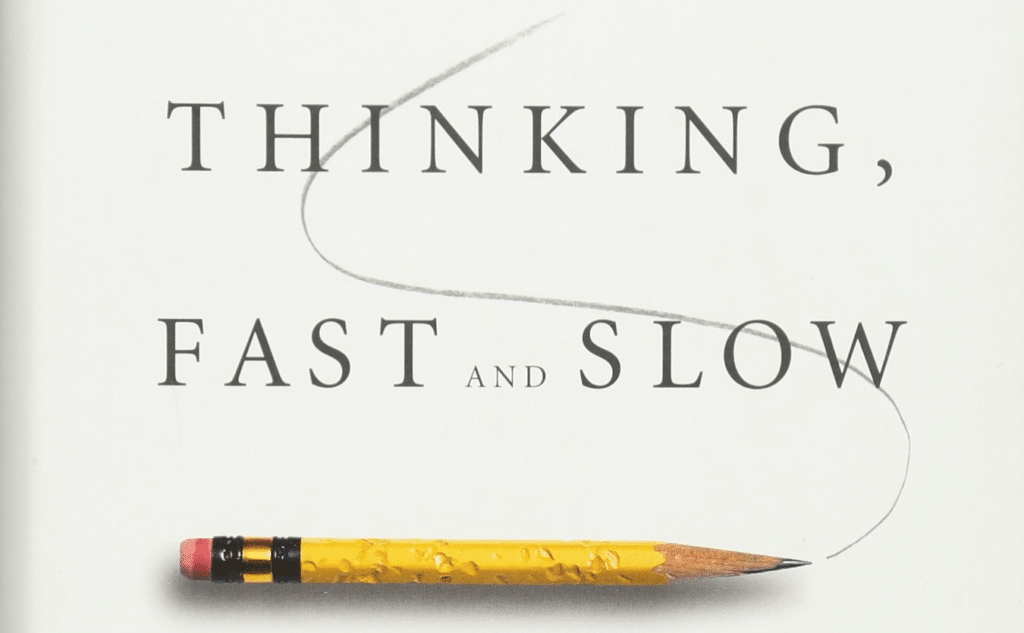How one book changed my approach to decision-making
It’s the summer of 2005, and I’m the new VP of marketing at a Silicon Valley video software company. We’re the leader in our category, and everything is doing great! We decide to launch our newest version. It’s future-proof and based on a new architecture. The product is not fully ready, but the pressure to launch is on. We need the revenue…
The product is buggier, slower. Customers hate it. We lose our #1 spot.
It’s a disaster…
Although we ended up releasing a few updates that improved the situation, we never really recovered from it. This failure came back to haunt me many times whenever I had to make critical decisions. I promised myself I would now systematically deconstruct product and business excellence. Yet, my challenge was always how I could “de-risk” any decision in the light of incomplete information. I became a fan of mental models, and these simplified frameworks helped me more than once.
But ONE book, in particular, put a unique light on decision-making for me. How we typically approach it and how we can improve. It’s “Thinking Fast and Slow” by Nobel laureate Daniel Kahneman. This masterpiece is merely enlightening. It undoubtedly changed the way I’m approaching thinking and decision-making. I won’t try to summarize Daniel Kahneman’s book here. There are multiple sources you can find out there that do it well. Instead, I’d like to share with you what I took away and how it made me a better thinker.
Two different thinking systems are governing our brain

Daniel Kahneman’s book is hugely helpful to help understand better how our brain works. It explains how two different systems co-exist and always fight to control our decisions and actions.
– System 1 is about fast decision-making, finding shortcuts, going straight to an answer. It’s perfect for automatic everyday life situations that require an instant response (like a fight or flight situation).
– System 2 is about slow thinking and involves more in-depth analysis, scenario-building, weighing your options. Particularly adapted for complex situations.
We need both systems to properly operate. However, the issue is that we tend to be lazy and quickly move into system 1 for a fast and easy answer. This leads to mistakes that we could avoid if we only took the time to step back and analyze.
Our brain keeps playing tricks on us: an illustration

One of the most impactful examples Kahneman took in his book is a quick math test. Let’s see how you’re doing at it:
– A ball and a bat together cost $1.10.
– The bat costs $1 more than the ball.
– How much is the ball?
If you’re like the vast majority of humans, you must be laughing now at the apparent simplicity of this problem. You jump the gun and say with a triumphant voice: the ball is $0.10!
That was my answer, and it took me a tenth of a second to reach that conclusion! I was expecting instant gratification until I realized that of course, I was wrong.
The way the problem is presented makes most of us jump to the $0.10 conclusion, as we leverage our “System 1” thinking and the false confidence brought by years of elementary math at school. It takes some “System 2” thinking though to step back, do a proper equation and realize the cost of the ball is actually $0.05. Just do the math!
It is a powerful illustration of how we get tricked every day by ads, statistics, and political messages. They just leverage our tendency to jump into fast-thinking System 1.
Kahneman’s book is full of such illustrations on fast decision-making biases and how intuitive impressions influence our thoughts and choices. Understanding how we make such choices in personal and business life helped me better identify the mental glitches that typically lead you into trouble.
How I coupled Kahneman's wisdom with mental models

In theory, you could think that if you willingly tune more into System 2 thinking (slow thinking), you’ll make better decisions. While that is possibly true, it’s not realistic given the fast-paced world we live in. As business leaders, we need to respond to urgency and seldom have enough time or data to formulate a decision. That’s where mental models come in handy. I already wrote on this topic, but here’s a reminder of what mental models are about:
“Mental models are frameworks for thinking. They simplify complex things so your brain can reason through them. They are shortcuts through the noise. You use them to make good decisions without needing to know everything about a situation.”
Julian Shapiro
Mental models help you simplify any problem. They are such remarkable frameworks to approach any problem faster and better. The more models you have, the more equipped you’ll be to assess any situation. The secret is the discipline of adding and practicing more mental models. Business leaders should always have their own shortlist of mental models ready-to-use.
You can create your own mental models

There are many defined mental models already. Here are some of the top ones I often use when I need to make a decision::
- First Principles: the idea is to break down complicated problems into essential elements and then reassemble them from the ground up. It helps avoid thinking by analogy. That’s a fundamental principle people like Elon Musk and teams followed when they tackled the SpaceX project.
- The Pareto rule (80/20): I already referenced it a lot as it saved me more than once, at least directionally. The principle is that things in life are not evenly distributed. Typically, 20% will provide 80% of the output (like 20% of your customer base, bringing 80% of your profit).
- First-Conclusion Bias: our tendency to settle on first conclusions leads to accept erroneous results and cease asking questions. You can counter it with some useful and straightforward mental routines.
- Opportunity Costs: doing one thing means not being able to do another. It’s a world of trade-offs, and the concept of opportunity cost rules all. In other words, “there is no such thing as a free lunch.”
But you can also can come up with your own mental models too. Here’s a way for you to go about it:
- List the decisions you’re making that typically take you longer and are more complex.
- Write down how and why you made these decisions
- Highlight the (positive) outcome typically reached.
That’s it! You now have another mental model for the next time you have to make a similar decision. You will become a better thinker and speed things up considerably. Couple this with a better idea of what requires fast or slow thinking and you will have a solid system in place.
Conclusion and one ask!
Once you start to practice and better identify whether you need to be in system 1 or system 2 for a specific situation, you simply become better at decision-making. As you map mental models to system 2 thinking, you can get the best of both worlds and gain speed while not being too overwhelmed by the complexity of slow thinking.
If you have to start somewhere, though, just give it a try and read Kahneman’s book. It is not for the faint of heart, and its 500 pages are quite a heavy-read at times. Yet, it’s absolutely worth it. So, if you didn’t know what you were going to read this holiday season, just go for it. You will become better at identifying these unconscious biases that surround us every single moment and how to overcome them.
You will become better at understanding how human decision-making works, period!
At The Product Sherpa, we specialize in helping you define and reach business success. Our Base-to-Summit method covers the five strategy essentials that matter the most. If you want to learn more about The Sherpa story, just check this quick video!
